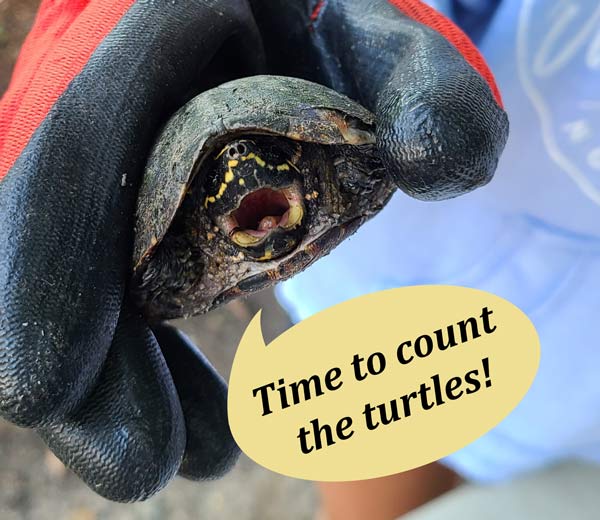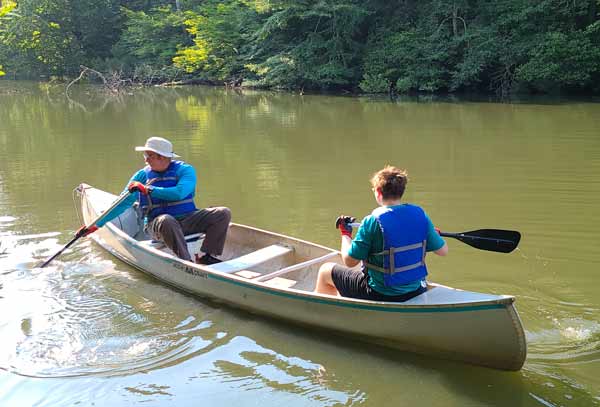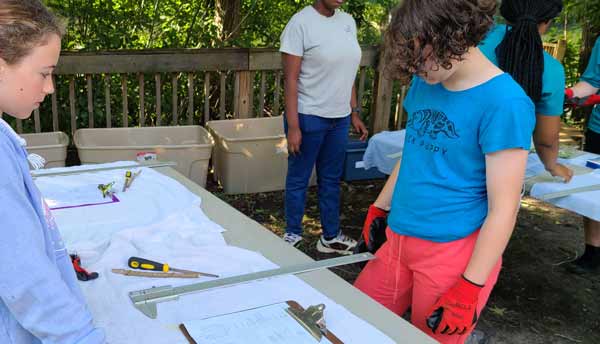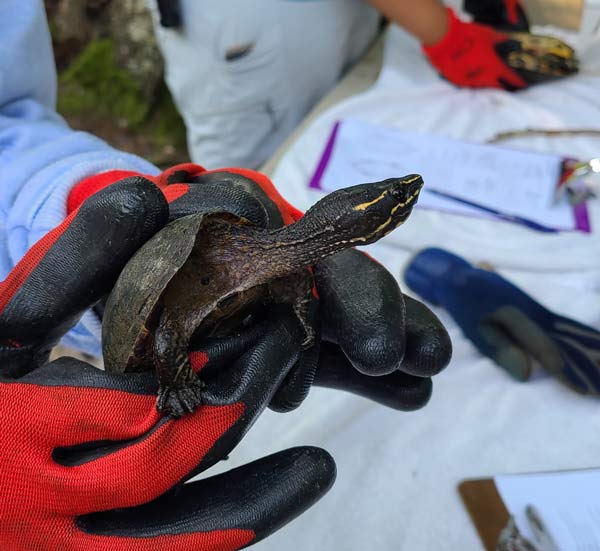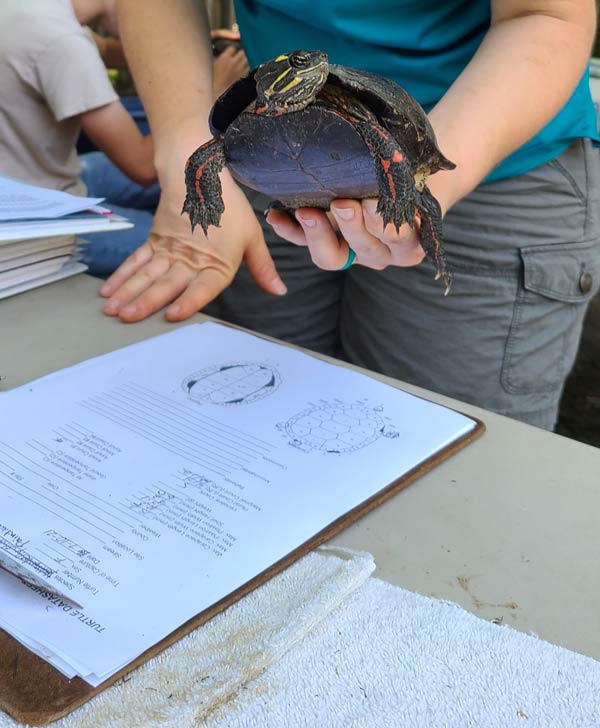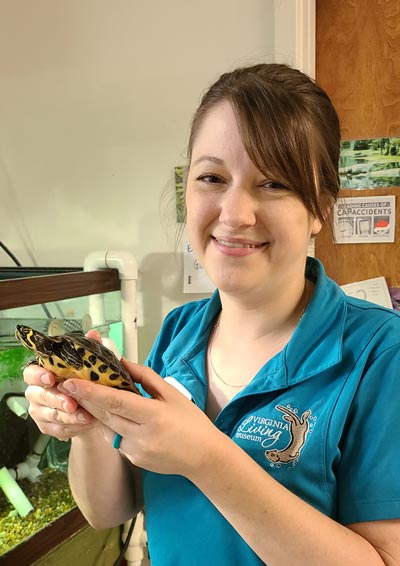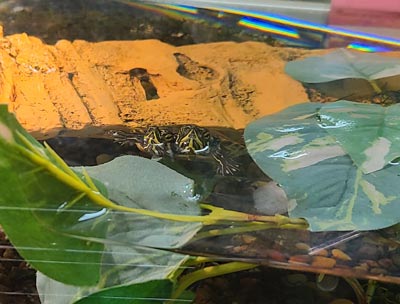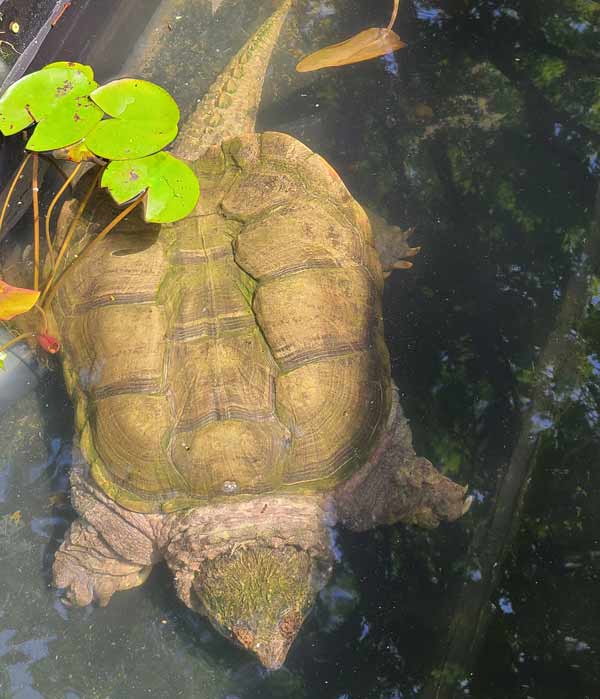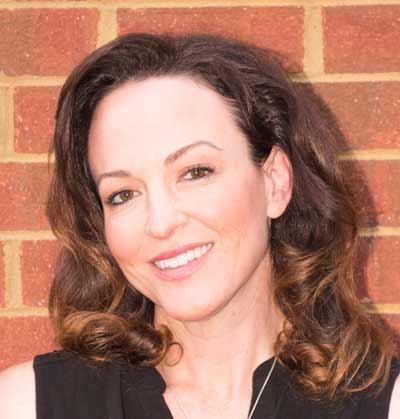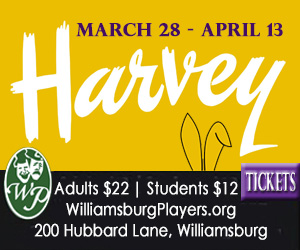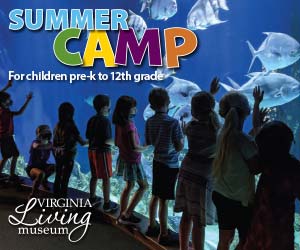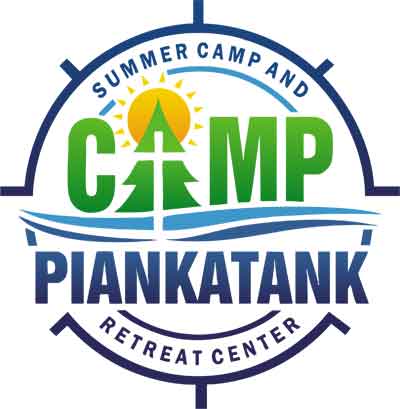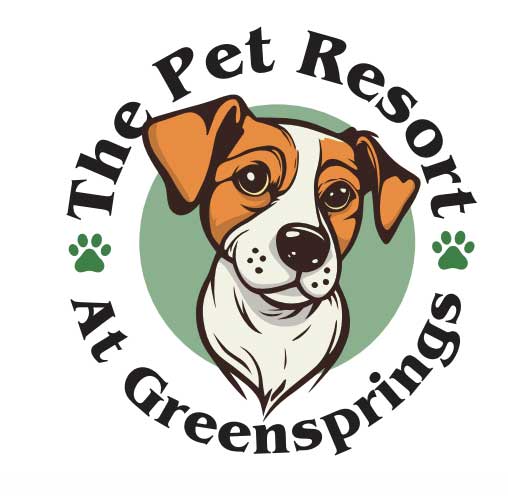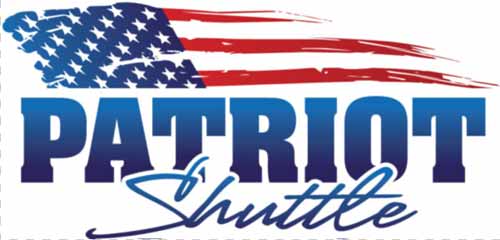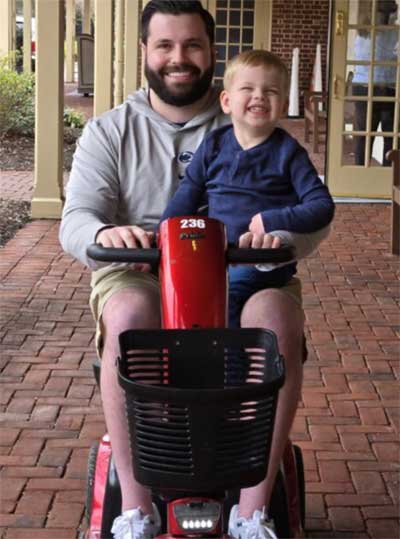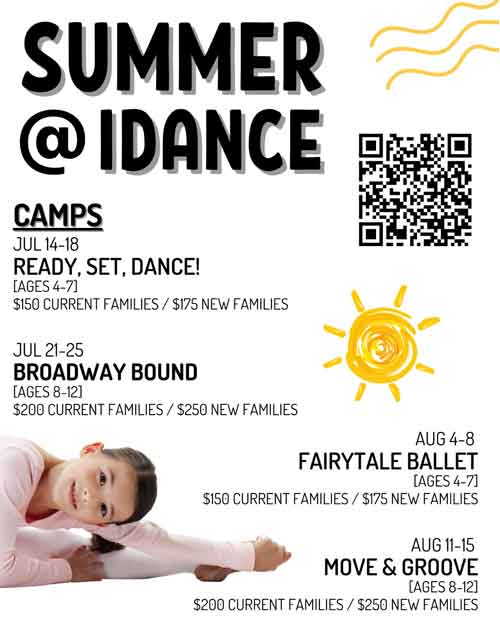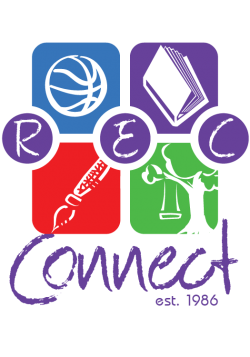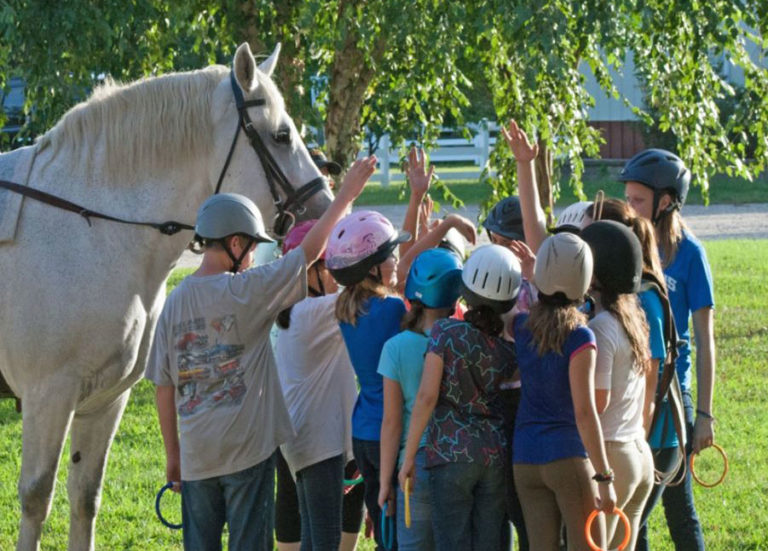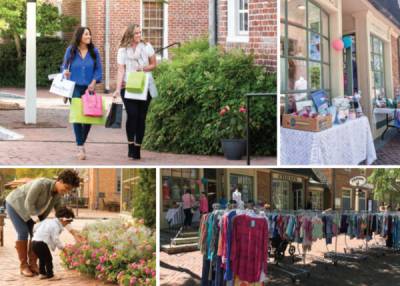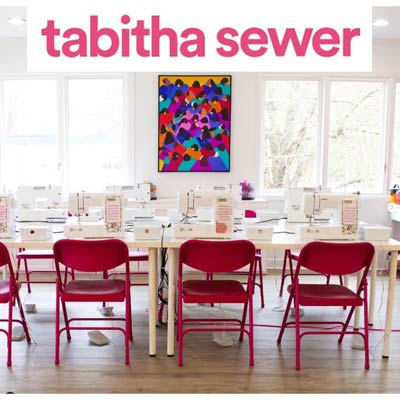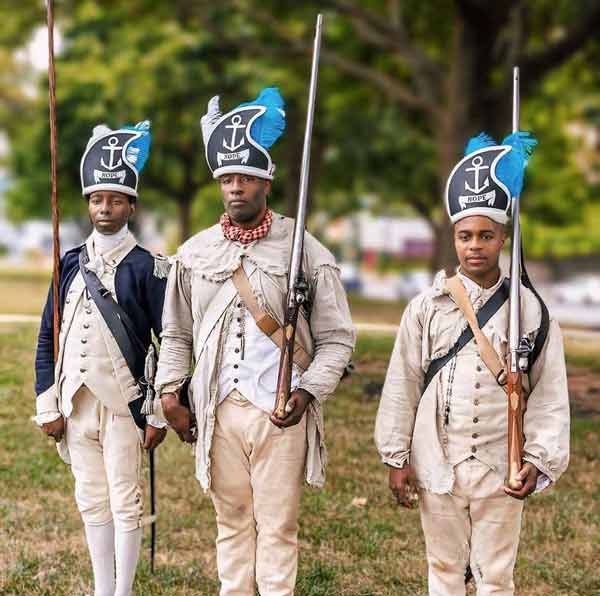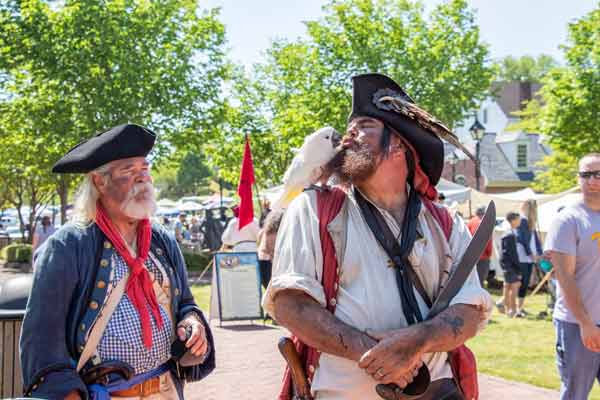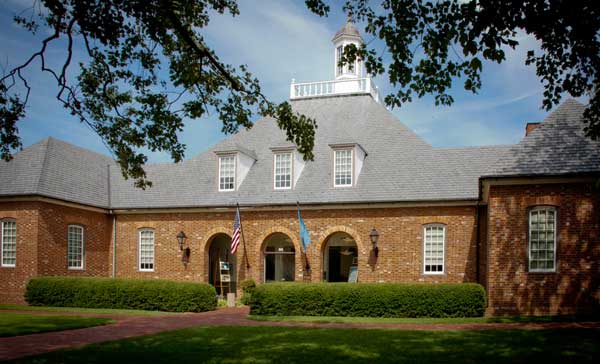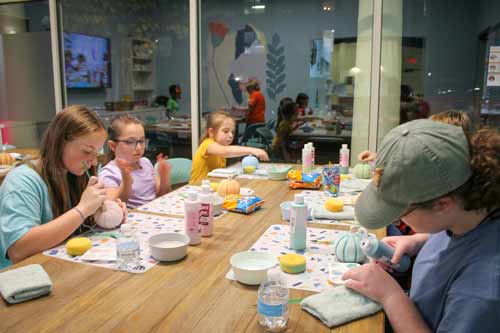The Turtle Census at the Virginia Living Museum is a great hands on experience
The Turtle Census at the Virginia Living Museum is a great hands on experience
This event has sold out for 2024
The Virginia Living Museum Education and Herpetology staff began a multi-year research project to monitor the population changes of freshwater turtles in a local watershed over time. The goals were to see what percentage of these turtles were native and non-native and to provide an educational platform for students, volunteers and guests to learn about native turtles and what happens when people release pets into the wild.
Every year in June and July we set out live-capture, baited hoop nets in Deer Park Lake to catch and survey as many turtles as possible. VLM Staff and volunteers gather all of the turtles that are collected in these nets and spend the morning identifying the species and sex of the turtles, cleaning the shell to remove any stuck-on algae, and using a special marking system to determine whether each turtle is new for the year or a recapture from previous years.
On these days, we gather all of the turtles that we collected in these nets, and do the following:
- Identify the species of turtle and whether it’s male or female.
- Clean the shell to remove any stuck-on algae.
- Determine whether this is a new turtle or a recapture.
Visitors who are not volunteers are welcome to watch VLM staff conduct the Turtle Census in the Children’s Garden from 10am – 11:30pm.
If turtle is a first time capture
- Take measurements of its size and record any physical injuries or any other noteworthy observations.
- Using our numbering system, we mark the edges of the shell by making notches that correspond to the turtle’s ID. The marking process is completely painless, much like filing a fingernail.
If turtle is a recapture:
- Determine the ID Number.
- Take new measurements of its size to monitor growth rate.
- Make notes of any new injuries or other observations.
- Refresh any marks that may have faded over time.
- Release the turtle back into the lake.
Here is our review of our experience at the Great Turtle Census Summer of 2021
If you love turtles or have a family member 12 years and older, who loves turtles, this is definitely the experience for you both! The Virginia Living Museum has been doing a turtle count every year for 11 years to catch and survey as many turtles as they can from Deer Park Lake, which rests behind the Museum.
The Herpetology staff set baited hoop-net turtle traps with fish heads (these are not given to the animals in the museum but the turtles enjoy them) to gather the wild turtles. The morning of the Turtle Census you will wait on the dock as the VLM staff canoe out to gather the traps.
Then the fun begins.
Kourtney, the Herpetologist Curator, takes the wide variety of turtles out of the nets, all the while explaining to you what type of turtle she is holding and a few fun facts. We learned that, in general, the males have long claws and tails, and Musk turtles stink…which is a protective mechanism but honestly, they really stink. After talking about each one she directs the participants to take the turtles using their gloved hands and put them into different plastic bins of “like” turtles.
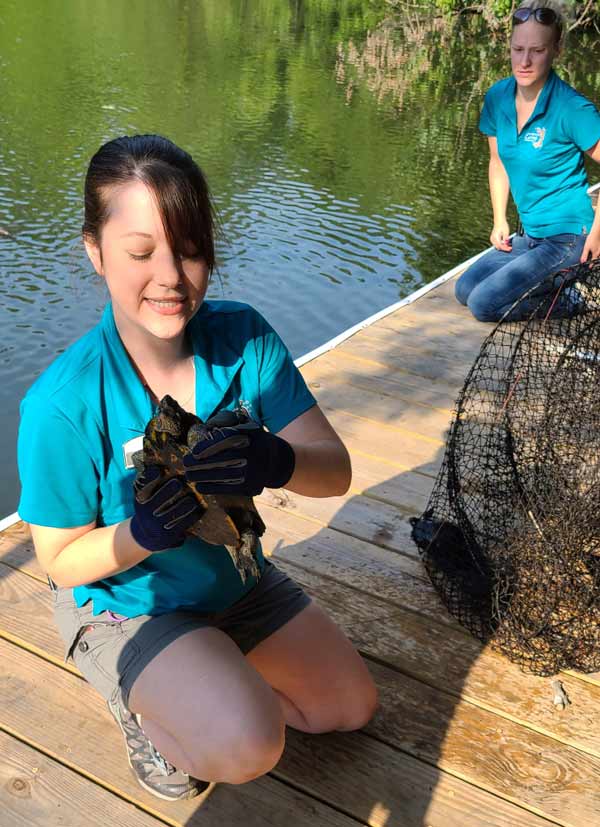
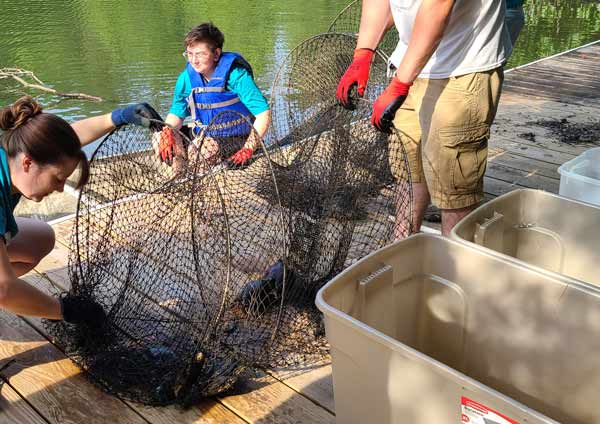
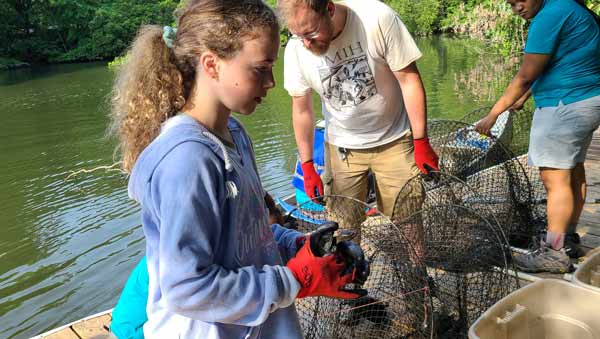
After the turtles have been collected and sorted into bins they are taken to an area in the Children’s Garden Playground area, where tables and tools are set up to start the Census. Each team of participants is given a clipboard with your detailed log sheet to record each turtle’s shell measurements.
The turtle shell is made of the top rounded shell called the carapace and the underside shell called the plastron. The carapace (top) is covered by a layer of scoots which are those individual shapes on the rounded shell. You will record how many scoots are in the center and down each side. And you will measure the width and length of carapace and plastron. Then you record if the turtle has any shell damage (which was fairly common) or other injuries. You will also determine the species of turtle and if it is a male or female – mainly based on the size of claws and the differences in the tails.
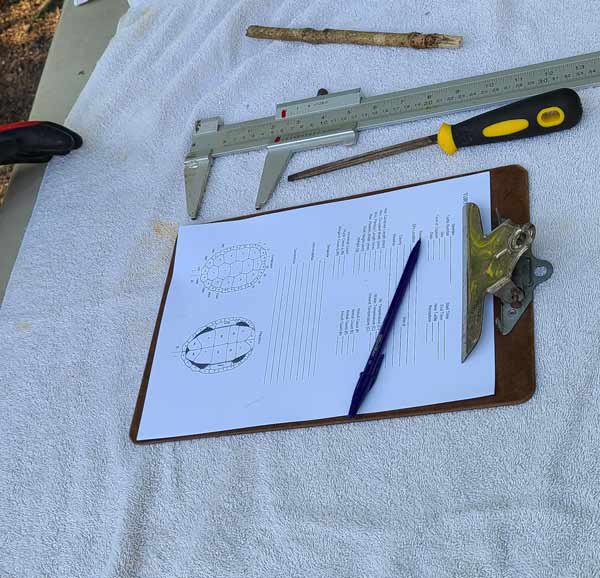
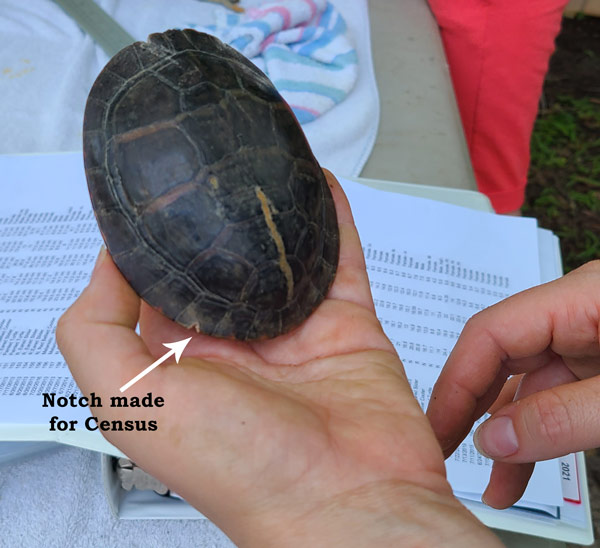
Then you will look for notches on the rim of the shell to determine if they have been counted before. These strategically filed notches tell you the number the turtle was given in a past Census. If the turtle has these notches then the turtle has been caught before and based on where the notches are locate, you can figure out the number it was given. If it doesn’t have notches then you get to file the new notches, the location of which are determined by the next available number to assign to the turtle. It sounds confusing but it isn’t and the staff is right there to help you figure out the numbering and if needed file a new number on the shell. It is really a neat experience – doubtful you will get to do this anywhere else!
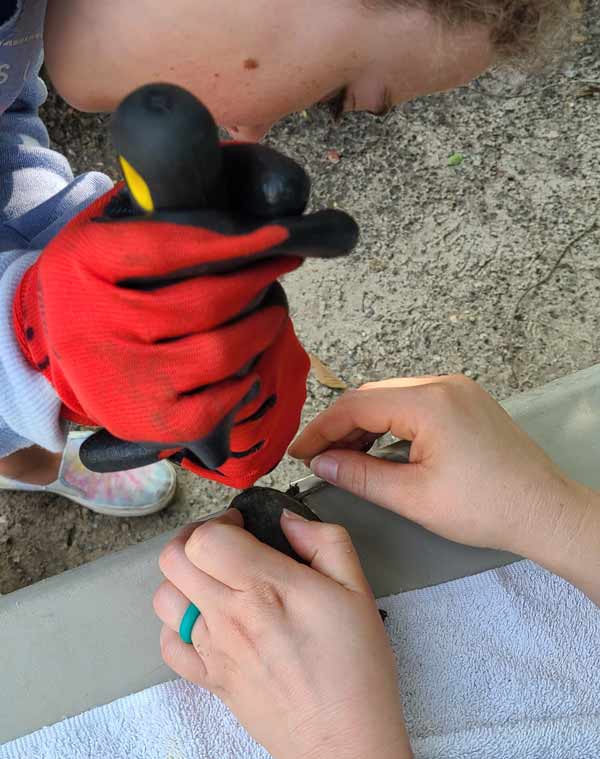
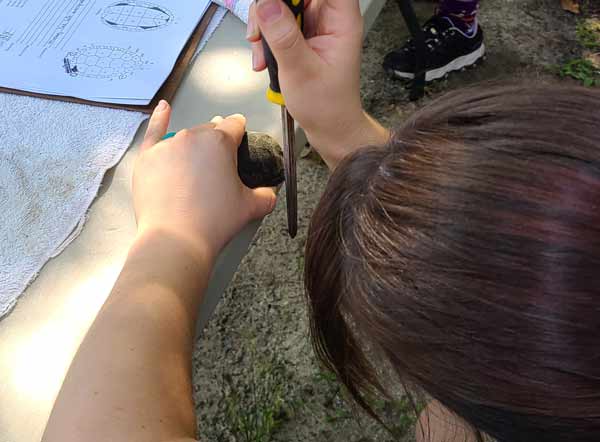
Mostly, we counted already marked turtles, but we did get to file a couple new to the Census. Since we could determine the number of the turtle based on which section of the outer shell rim was notched (each…had a number assigned by the VLM). We could see which year(s) the turtle was caught and how much each had grown based on the last shell measurements. Again, if you are a turtle lover or science fan…this is a great opportunity for actual experience with data collection.
We mainly caught painted turtles, sliders and musk turtles but there are snapping turtles in the Deer Park Lake, we just didn’t catch any on this Census day. More on snapping turtles later.
The event is very hands on so you want to be prepared to handle turtles, measure them and even file their shell. Don’t worry, the shell is like our fingernails and filing the outer rim of their shell doesn’t hurt them. And the staff is right there working with you and your turtle. You will wear gloves and they protect your hands, but you still need to keep your fingers away from their mouths. We gave the turtles little sticks to clamp down on if they were snappy. They seemed to like it and chomped down, and I was happy they had something beside my fingers to nip.
After the Census, Kourtney took us on a behind the scenes tour where we got to see their two headed turtle. It was brought to the museum from a woman who found it in Suffolk. Kourtney told us that two headed turtles and snakes are not that rare in the wild, but for them to survive in the wild is very rare. Right now Twix (the two headed turtle) is doing well. He is growing much slower than turtles his age and he is very clumsy (hard to get two heads to want to go the same direction) – which can be dangerous or even deadly in the wild, but right now he is doing well.
They hope to have him in the museum for all to see one day but right now Twix is getting used to people and slightly deeper water. So if you want to see him…guided tours are your only option.
We also saw a Diamond Back Terrapin, Box Turtle, Copperhead and Cotton Mouth Snakes, Yellow Belly Turtles, an American Alligator and two snapping turtles. Kourtney showed us that if you scratch the back end of their snapping turtle’s shell – he really likes it! He does a little dance (but only the VLM team can do this). The shell is also sunken in – which can happen in captivity. Their snapping turtle was brought to them with its shell sunken, and once formed it doesn’t reform. But the snapper is quite content with a shell scratch from a VLM Herpetology team member.
All in all, this is the most amazing, hands on experience a turtle lover could wish for. You get to handle wild turtles, do a census and all the while learn from the Herpetology Curator and Herpetology team facts about each different turtle species. Would we recommend this event? Absolutely. This event will reach all learning styles from tactical, visual to auditory and it engages all of your senses. The Herpetology Team at the Virginia Living Museum invites you into the lives of turtles, who live all around us in the waterways and forests of Virginia. You leave the event, understanding our region’s turtles a little more. When the Virginia Living Museum’s Turtle Census comes again make sure to get a ticket.








